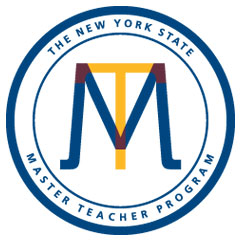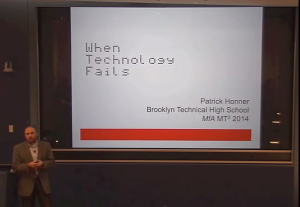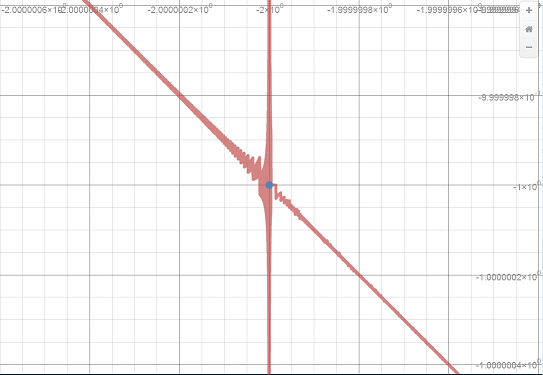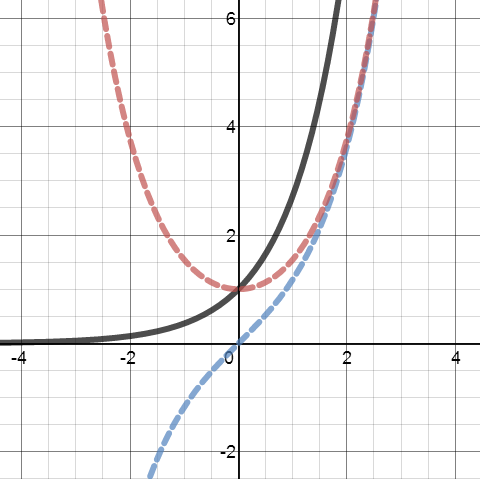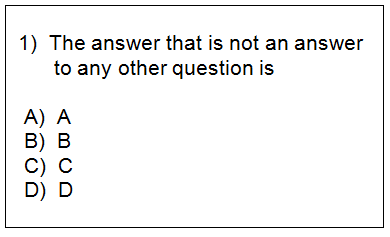 My latest piece for the New York Times Learning Network is a math lesson exploring personal savings and the power of compound interest. The piece was inspired by a new program in Illinois that creates an automatic payroll-deduction savings program for all state residents.
My latest piece for the New York Times Learning Network is a math lesson exploring personal savings and the power of compound interest. The piece was inspired by a new program in Illinois that creates an automatic payroll-deduction savings program for all state residents.
In addition to exploring the basic ideas of savings and compounding, students are invited to analyze the merits of this state-run program.
The automatic retirement savings program mentioned in the article is described as a zero-fiscal-cost program because it does not require any government funding to run. This is because the savers themselves pay the costs, in the form of fees to financial institutions, amounting to 0.75 percent of their total savings each year.
Have students compute the costs associated with maintaining the account for each of the typical savers they profiled in the previous activity. One way to do this is to compute 0.75 percent of the total value of the savings account each year, before interest is computed. This is an estimate of the amount that would be paid in fees that year, and thus should be subtracted from the amount in savings.
The entire piece is freely available here. Hopefully students will get a sense of the power and value of long-term savings, and maybe ask a few good questions about the the true price of zero-fiscal-cost programs.
